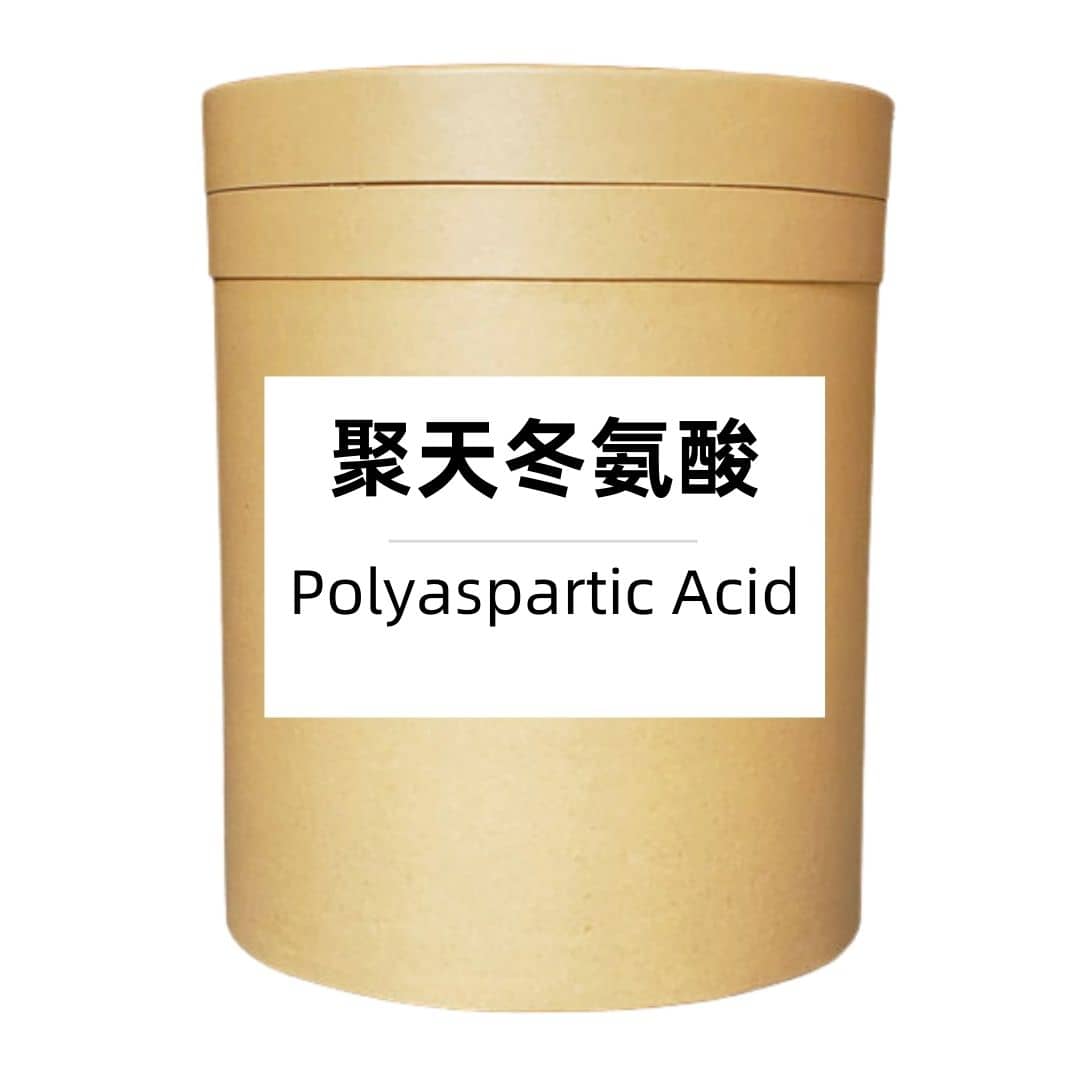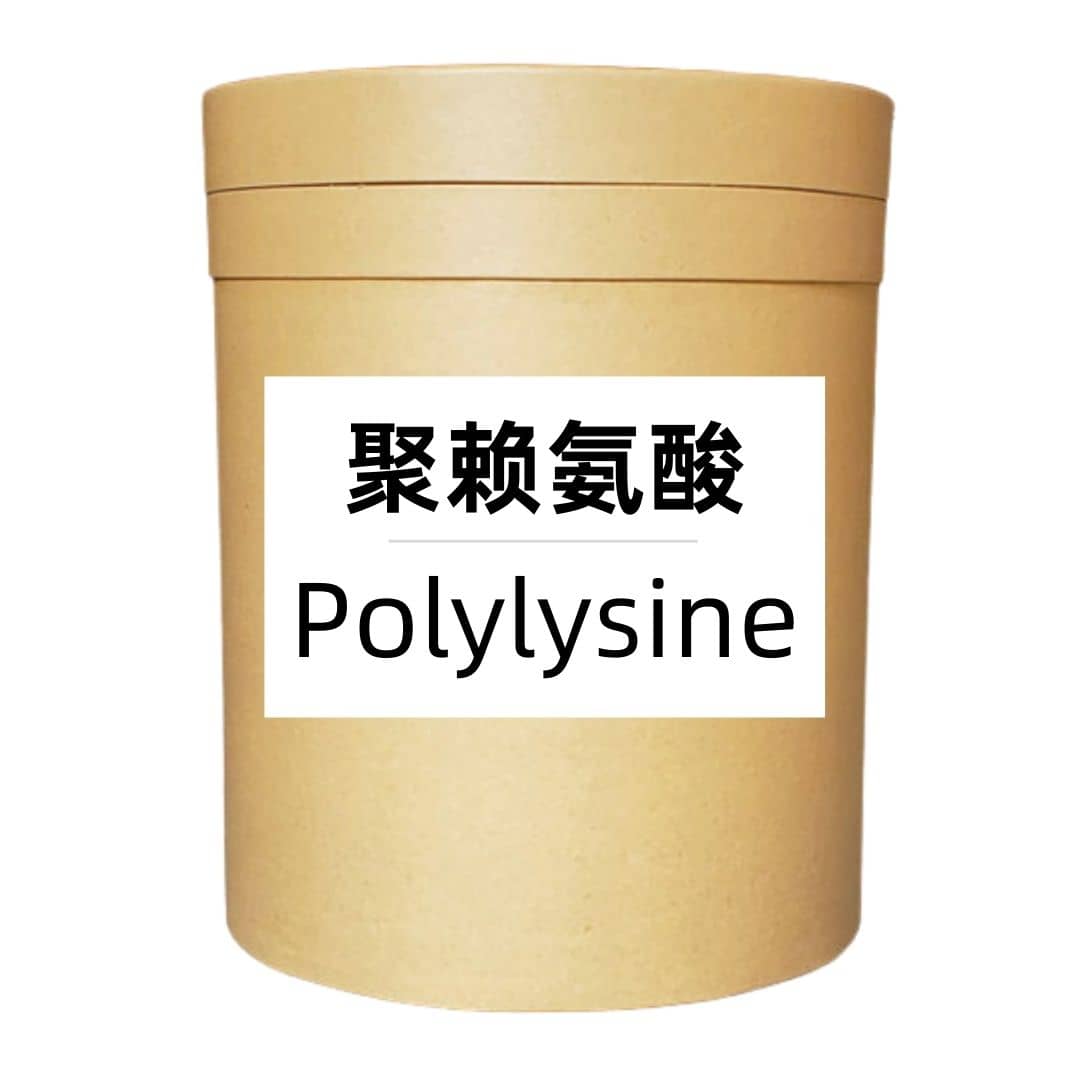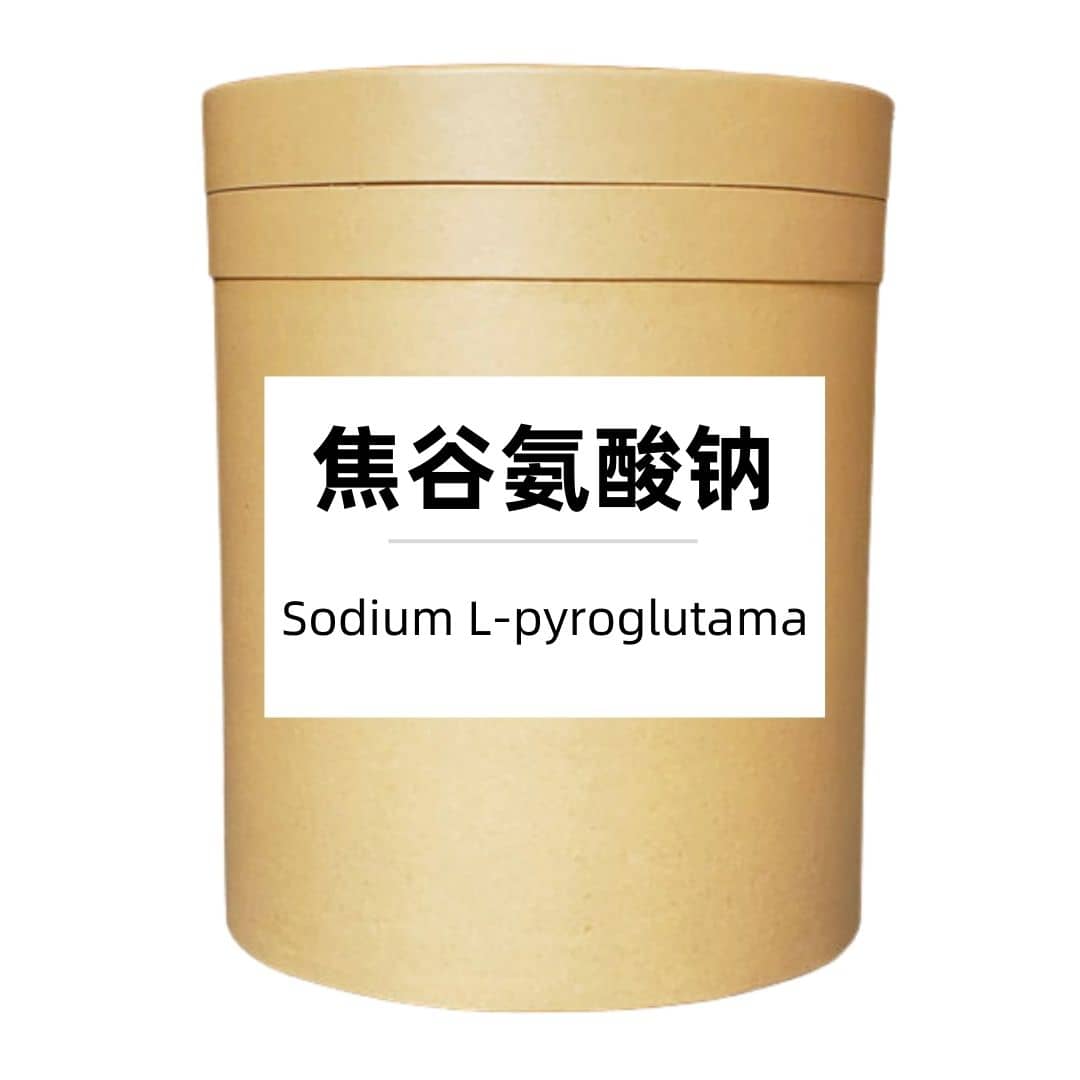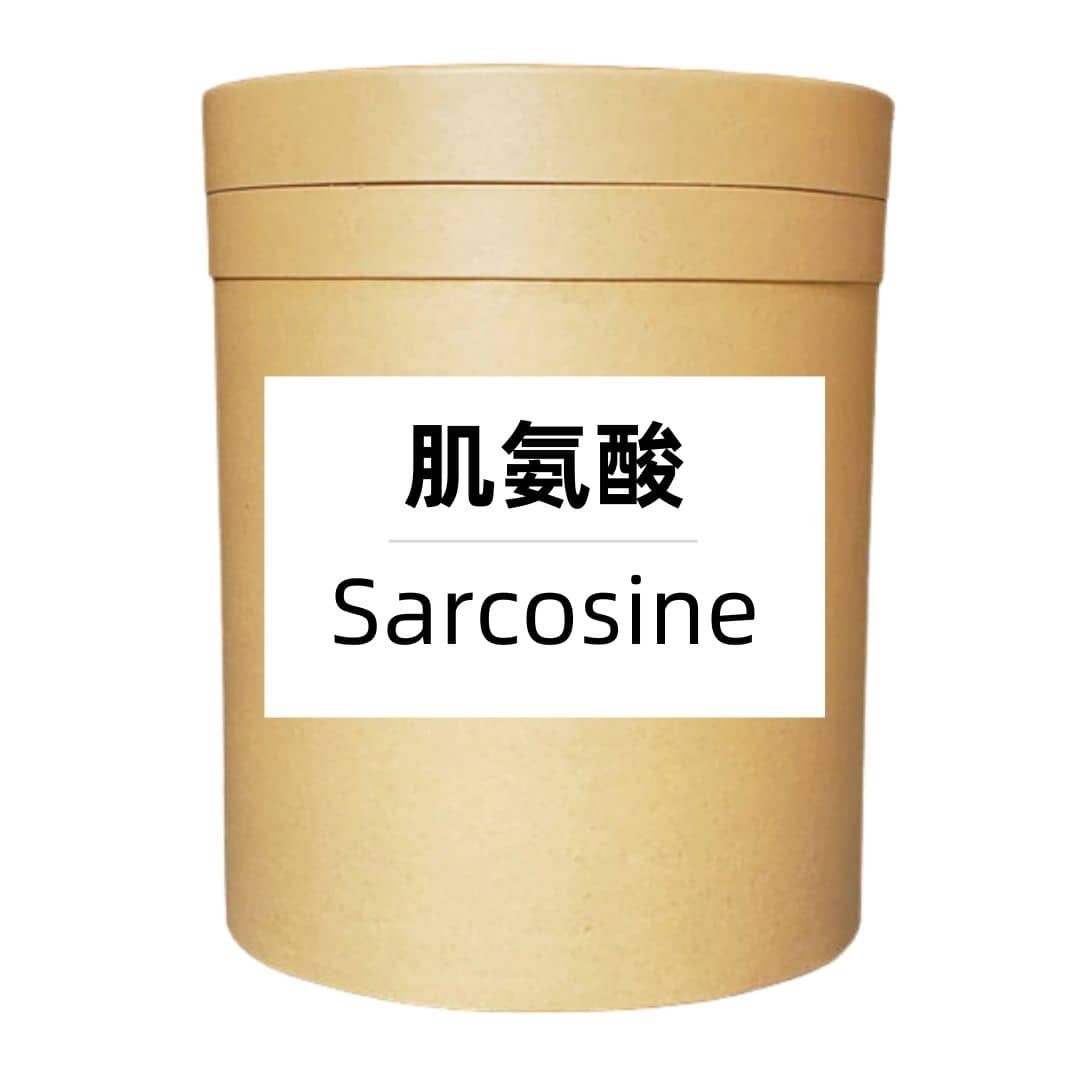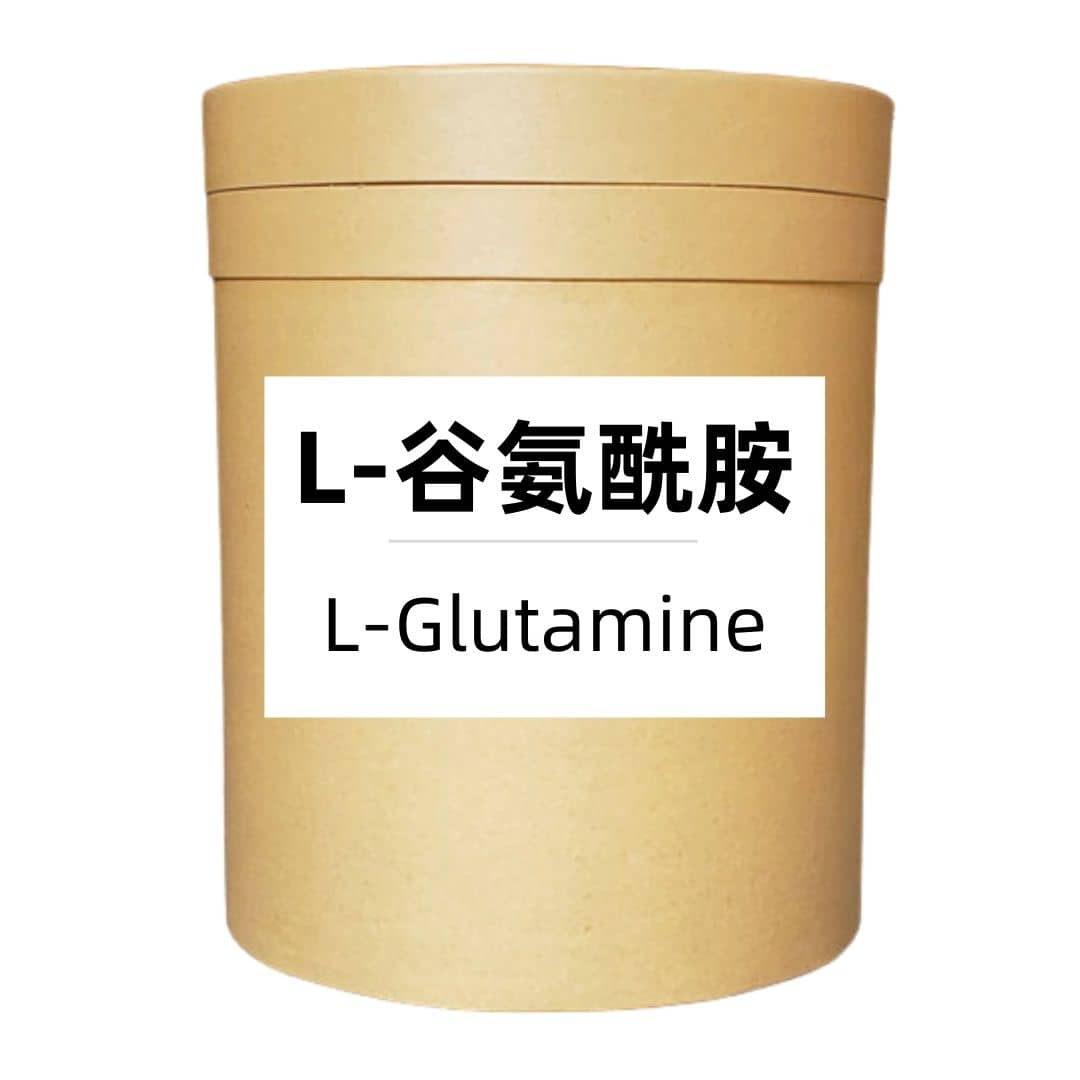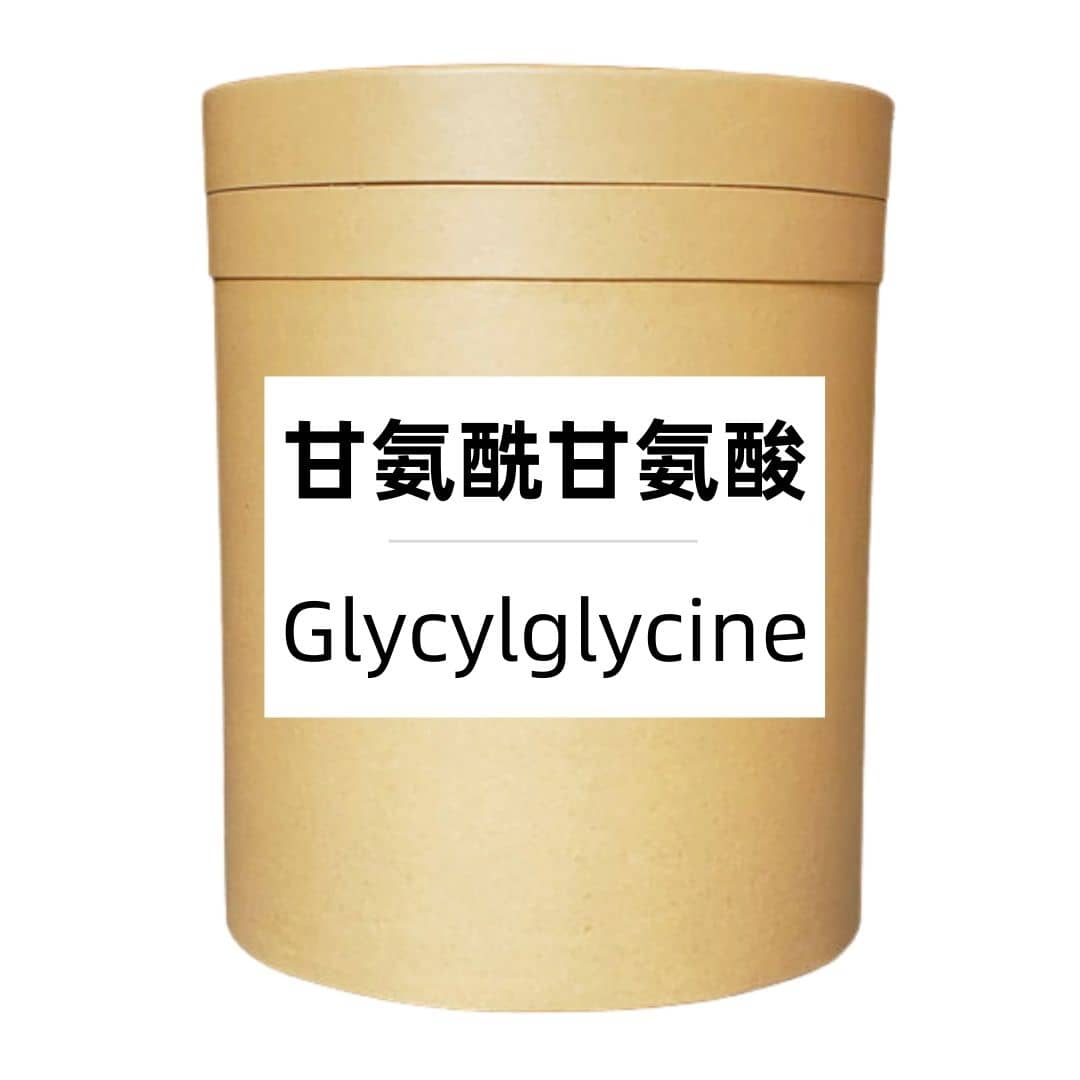Product Introduction
L-Cysteine hydrochloride is a naturally occurring amino acid that plays an essential role in protein synthesis and is vital for the production of the antioxidant glutathione. It is often utilized in various industries due to its unique properties, including its ability to improve stability in formulation and enhance bioavailability.
Production Process
The production of L-Cysteine hydrochloride typically involves the fermentation of specific microorganisms or chemical synthesis methods. During fermentation, substrates such as sugars are metabolized by bacteria, which results in the formation of L-Cysteine. The compound is then converted to its hydrochloride salt form through reaction with hydrochloric acid, which enhances its stability and solubility.
Effects and Functions
L-Cysteine hydrochloride is known to contribute to antioxidant defense, supporting the body in detoxifying harmful substances. It also aids in the synthesis of keratin, which is essential for the health of hair, skin, and nails. Moreover, L-Cysteine has been studied for its potential to support immune function and reduce oxidative stress.
Application Scenarios
This amino acid is widely used in dietary supplements aimed at promoting health and wellness. In the food industry, it serves as a flavor enhancer and preservative. Additionally, L-Cysteine hydrochloride is often found in cosmetic formulations, where it acts as a conditioning agent and a protective component.
Packaging and Storage
Storage Conditions
The product should be sealed, protected from light, kept away from high temperatures, and stored in a dry, cool, and well-ventilated place.
Packaging
L-Cysteine hydrochloride is available in bulk packaging of 25 kg per fiber drum. Samples can be obtained in 1 kg aluminum foil bags, and custom packaging options are available upon request.
Shipping Methods
Shipping can be carried out via FedEx, DHL, dedicated logistics, and sea freight consolidation, providing various options to meet customer needs.
Shelf Life
This product maintains an effective shelf life of two years, ensuring its usefulness for applications within that period.
Monica Sun possesses extensive technical expertise and market insights in the food additives industry. She excels in designing efficient and safe additive formulations tailored to various food applications, ranging from sweeteners to functional dietary fibers. Monica has successfully assisted food manufacturers in optimizing ingredient combinations to enhance product quality and improve consumer satisfaction.









